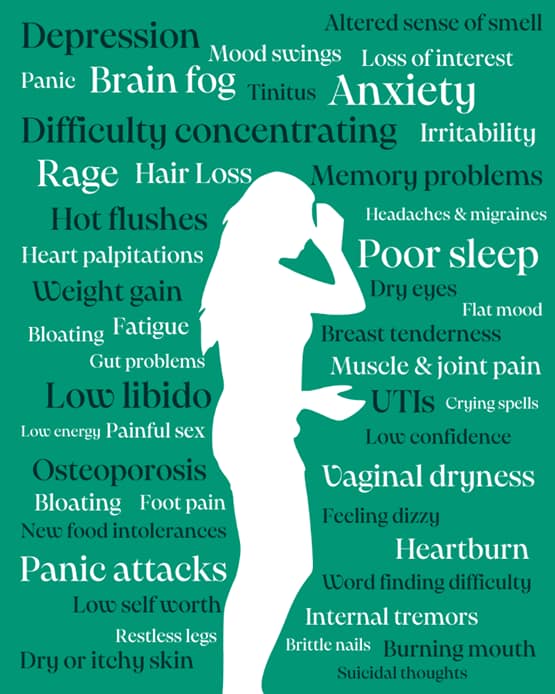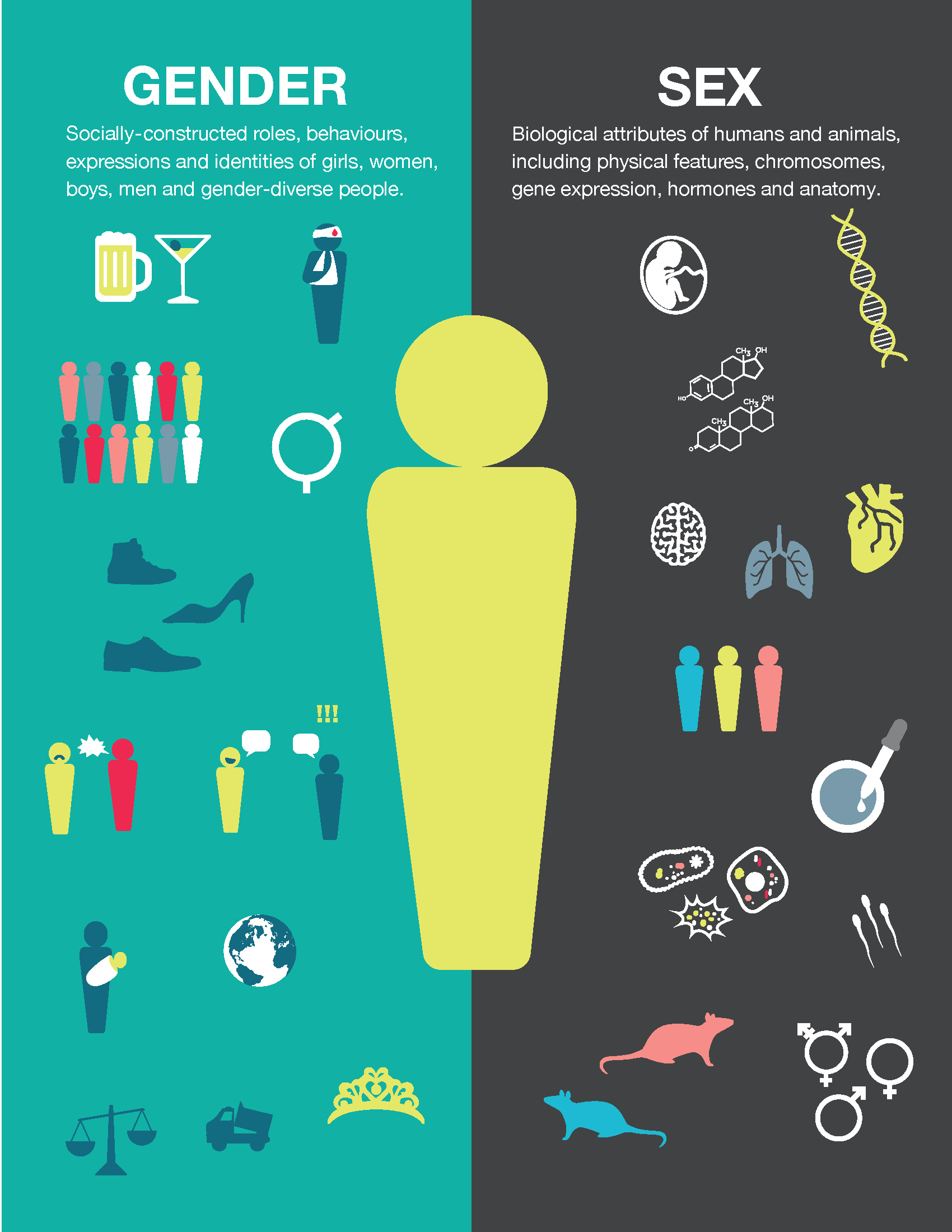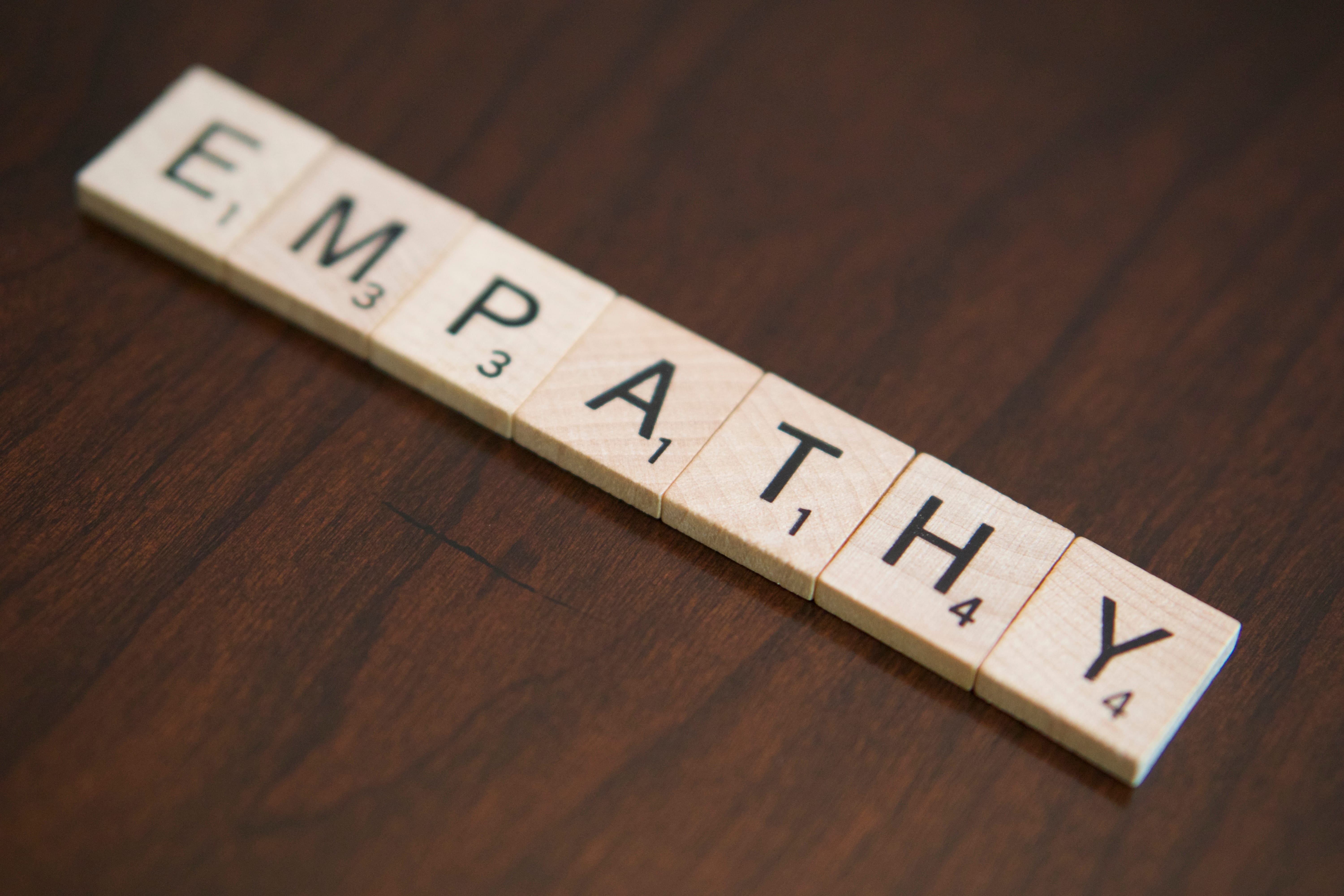Many women unexpectedly find themselves in perimenopause from around the age of 35 years. For some women this elicits a mental rollercoaster which is caused by the brain rahabbing from sex hormones. Read this blog to learn about the brain symptoms of “the queenager brain” and the impact of this brain transition in women.
Why and how do you measure sex or gender in your research participants? Are you still using a single binary question (male/female), or do you still add the option “other”? Are you aware of the differences between sex and gender? This blog post provides some hands-on best practices tips for including sex and/or gender in your research and for writing about them in an inclusive way.
We, two Research Master students, went to Bolivia to support the project of Drs. Nina Hansen and Judith Daniels. We interviewed 100 women about the effect of trauma on female empowerment. We carried home a rich data set and stories that cannot be easily expressed in figures.
Last year I wrote a blog post on Blue Monday, an international day which serves to raise awareness for depression. This year, Blue Monday was on January 15. The week before, on January 9, the Dutch Ministry of Public Health started a national campaign with the aim of making it easier to talk about depression, […]
How does the experience of trauma impact women’s empowerment and economic participation over time? Social and clinical psychologists join efforts to follow the development of Bolivian girls over the next ten years.
Many women of reproductive age use a hormonal method of birth control, often referred to as “the pill”. While pill use is often ignored when analyzing psychological data, the effects of its hormones on the brain and mind may confound conclusions drawn from such data.
The author discusses the results of her recent study on self-reported empathy in women with autism spectrum disorders (ASD) and queries how representative currently diagnosed women with ASD are of the total population of women on the spectrum (including those ‘under the radar’ who have not received a diagnosis of ASD).
The author discusses the lack of female- specific research in autism and proposes a new way to look at the issue of under-diagnosing girls with this condition.








